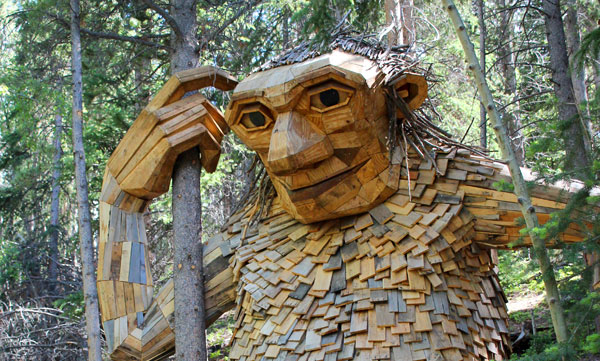High-Altitude Horticulture
Mountain Gardeners Sow Seeds for Bountiful Rewards
An elk that once broke through the fence to get to her snow peas. A late-season kale crop covered in two feet of snow just before harvest. An ongoing battle against an elusive vole colony that digs up her flower bulbs. Yep, Ski Ranches resident Hilary Thompson knows well the challenge of alpine growing, having maintained a flourishing garden at 9,300 feet for the past 25 years.
From the first crocuses’ bloom to the last kale harvest, gardening in Telluride can be a challenge for even the most experienced green thumb. Large temperature swings, unpredictable weather and pesky foraging critters, compounded with a fleetingly short growing season, can lead to frustrating garden failures. But determined gardeners can also reap bountiful rewards, in the form of dazzling garden displays and generous vegetable harvests that enhance our already stunning alpine setting.
Local farmer and horticulturist Kris Holstrom has spent the last 30 years coaxing plant life from our high-altitude climes and shares that the biggest gating factor to growing in Telluride is our brief growing season. Holstrom thus advises growers to select short-season crops (think salad greens and root vegetables), starting with seedlings rather than seeds and to consider using season-extending techniques like utilizing row covers and growing in cold frames.
Plants growing at altitude are exposed to higher UV levels and, like us, can become sunburned during periods of intense sun. The solution, Holstrom says, is to use a light-weight row cover to protect plants on those super solar days. An added benefit of the lightweight covering is that it helps protect tender plants from desiccating winds (another bane of mountain gardeners) and can keep insects at bay.
Try these viable options in your high-altitude garden >
 |  |  |
Arugula | Yarrow | Mint |
Growing and caring for flowering annuals and perennials often requires less effort than vegetable gardening but can be just as gratifying. For summer-long garden color, it’s best to plant interspersing clusters of plants that bloom at different times of the year (look for early, mid-summer, and late blooming varieties). For plant selection, take a cue from Mother Nature – nursery-grown native varieties of perennials like columbine, yarrow, and daisy have long bloom times and are hardy mountain garden dwellers. For local landscaper Suzanne Connelly of Weeds Landscaping, planting and caring for flowers is as much an art as it is a science: “To create something, to see it grow and take shape, is how I’ve found my creativity.”
Many mountain gardeners can relate to that sentiment: The garden is not just a place for getting your hands dirty, but also for getting more in touch with the spirit of nature. When the inevitable frustrations of alpine gardening begin to mount, Holstrom offers this advice: “Get into the mindset that it’s all just a big experiment.”
Any would-be green thumbs eager to try some high-altitude gardening can start by visiting the Garden store or China Rose. Both shops offer seeds and seedlings, pots and baskets, soils and mulches as well as garden tools.
By Martinique Davis







